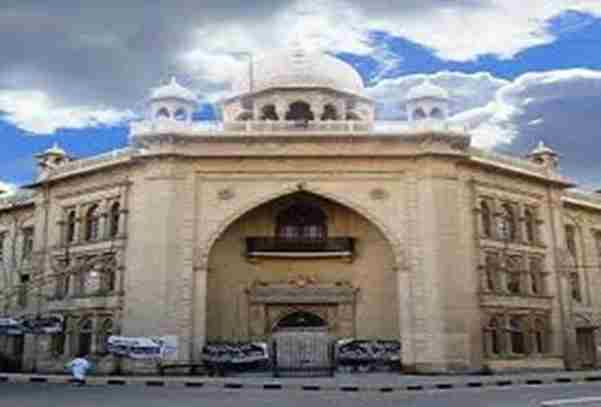KARACHI: State Bank of Pakistan (SBP) on Monday forecast subdued GDP growth with high inflation for the current fiscal year.
The central bank in its Annual Report 2018/2019 (State of the Economy), said that macroeconomic stabilization will continue to be the cornerstone of economic policies during 2019/2020.
Real GDP growth is likely to remain subdued, though the early signs of recovery are already visible. Development spending may play a pivotal role, since there has been an observed tendency that Pakistan’s GDP growth and PSDP spending move in the same direction, and similar has been the case in 2018/2019.
On this note, it is worth highlighting that the government has budgeted a greater outlay for PSDP during the year compared to the actual spending in FY19.
Other triggers may include an improvement in market sentiments vis-à-vis the IMF program. A better showing by the agriculture sector compared to last year, and further improvement in the current account balance, may also improve the final outcome, the SBP said.
Inflation, meanwhile, is expected to exceed its annual projection by the Planning Commission of Pakistan for FY20.
While demand pressures have generally subsided, cost-related impact may be more pronounced in the first half of the fiscal year, taking the cue from oneoff adjustment in prices of utilities and other FY20 budget-related measures.
By the second half, further supported by the end of deficit monetization by the government, price pressures may begin to recede, setting the tone for considerably lower inflation in FY21. However, crossborder tensions (which have flared up intermittently since Q3-FY19 and worsened during Q1-FY20) represent an upside risk to this outlook, given their tendency to drive up food inflation.
At the same time, the global slowdown may pose a downside risk to the outlook, especially if international oil prices fall more sharply than anticipated.
The external sector’s outlook is positive on the whole, albeit being subject to both upside and downside risks. The current account deficit, after shrinking on YoY basis during FY19, is anticipated to subside further in FY20.
Exports are projected to pick up during the year, conditional on demand conditions among the country’s major trading partners and buoyancy in commodity markets.
In particular, onset of fiscal stimulus and successful resolution of trade negotiations involving major economies would be instrumental in supporting global consumer demand, which would in turn bode well for exporting partners, including Pakistan, along with improved prospects of foreign investments.
The FTA-II with China and preferential trade agreement with Indonesia may also give a boost to exports. Decline in imports would be instrumental in improving the current account as the policy induced import compression would continue on top of subdued prices, barring any adverse shock from international oil prices.
Moreover, workers’ remittances are expected to remain robust in FY20 on the back of measures taken and incentives given to overseas Pakistanis remitting under the Pakistan Remittance Initiative (PRI).
The outlook for the fiscal sector, by contrast, is not straightforward. The FY20 budget looks to fix the deficiencies of the tax system and represents an earnest effort to increase documentation.
It envisages a sizeable reduction in the deficit, by enhancing revenues and squeezing expenditures. However, achieving the ambitious tax collection target in the middle of a broader economic slowdown may present a challenge.
Moreover, even if things pan out more or less according to plan, the fiscal deficit may be in the neighborhood of 7 percent nevertheless, implying that there would still be some way to go before fiscal consolidation is achieved. That said, the government is expected to make a concerted effort to meet the IMF’s quarterly targets, implying a measure of fiscal discipline.
On an optimistic note, the private sector would be mindful that even as the economy rebalances and there is reduced demand in some sectors, new opportunities are simultaneously opening up in other areas.
For example, imports of many consumer items and finished goods are shrinking due to a combination of regulatory duties and exchange rate depreciation. This generates an opportunity for domestic companies to step in and fill in this demand in the short to medium term.
Moreover, alignment of the exchange rate represents improved prospects for export-oriented enterprises. The government’s stated commitment to foster the ease of doing business and pursue investor-friendly policies is also welcome.
Meanwhile, domestic investors should also be looking to tap underserved markets and segments. Beyond provision of traditional goods and services, innovation must be the new watchword.
It is especially encouraging to see that proactive, technology-driven domestic startups have already ushered in a positive disruption in industries ranging from banking (fintechs) to transportation (ride hailing apps) and consumer goods and food (delivery apps), to name just a few. Such examples may inspire those investors who have been sitting on the fence for some time now to abandon the wait and-see mode, and take positions sooner rather than later.
In the grand scheme of things, a collective shift in sentiment and more optimism could prove to be a much needed catalyst for the revival of economic activities.


